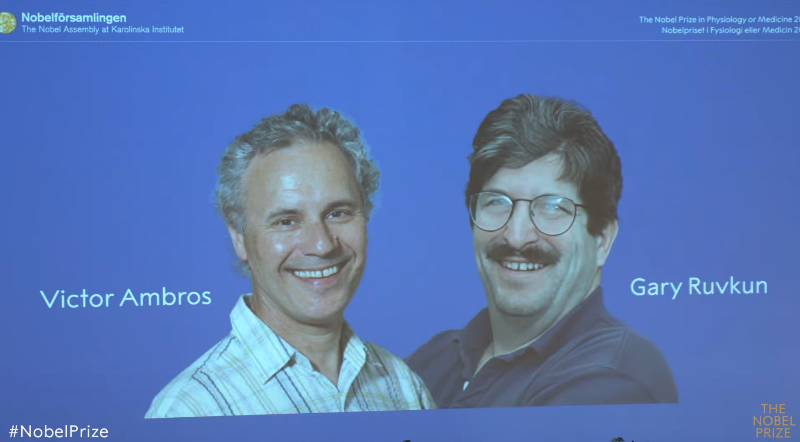by University of Michigan
Credit: CC0 Public Domain
Since the 1960s when the bright-blue blood of horseshoe crabs was first discovered as a way to detect bacteria in vaccines and other injectables, millions of the ocean dwellers worldwide have been captured, their blood drained from their hearts and returned to the ocean.
The blood contains a clotting factor that points to the presence of bacterial endotoxins, and it's been a gift to medicine and humans. It's also taken a toll on the crabs, which in some parts of the world are classified as a threatened or vulnerable species, and an ecosystem, say scientists and conservationists.
Yet demand for horseshoe crab blood has only climbed through the years as its uses expanded to testing for impurities in medical devices, vaccines and any injectable drugs. More recently, the need to bleed crabs has dramatically spiked to meet the demand for newer vaccines, monoclonal antibodies, biologics and injectables for diabetes and weight loss.
Today, it's no longer necessary to use the crabs, says Timothy Cernak, a medicinal chemist at the University of Michigan's College of Pharmacy.
"It's beyond time to transition to a sustainable alternative for this critical step in drug- safety testing," he said. "The pharmaceutical industry is inviting major risks to the supply chain of lifesaving medicines by relying on the blood of a wild animal."
Factor C, or rFC, is an FDA-approved alternative to crab blood, and it does what crab blood does. It offers the same safety testing and can protect species, slows environmental damage and brings other benefits such as supply reliability, Cernak says.
As a chemist specializing in the development of pharmaceuticals, he can attest to the advancements in biotechnology that have made a safe, effective alternative possible and "given us an opportunity to move away from the status quo for endotoxin testing."
Cernak and a growing number of scientists, environmentalists, wildlife conservationists, investors and others are calling on the pharmaceutical industry to turn to the alternative, which not only would spare the crab population and protect the ecosystem, but create a more reliable, predictable supply chain for the substance needed to test so many medical products for safety.
"Most countries are ahead of the U.S. on this issue, but the market for American crab blood is a lucrative one, so the unsustainable harvest continues," said Cernak, who has seen firsthand the damage caused by the practice of horseshoe crab bleeding—which can lead to the death of the animal, fertility issues and unhealthy populations.
He visited Delaware Bay earlier this year to witness the annual migration of migratory shorebirds who stop there to fuel up on horseshoe crab eggs in the middle of a 10,000-mile journey, just one example of an ecosystem at risk.
"The endangered red knot is a small bird that completes one of the longest animal migrations on our planet, from the southern tip of Argentina to breeding grounds in the Arctic and back every year, and the pharmaceutical industry is harming this majestic natural event," Cernak said.
His and others' calls for change got a boost this month when U.S. Pharmacopeia, an independent nonprofit organization that sets standards for the pharmaceutical industry and medication safety and efficacy, endorsed the transition away from crab blood to the synthetic alternative. Cernak and Lawrence Niles of Wildlife Restoration Partnerships authored an urgent letter published in Nature, urging the pharmaceutical industry to "embrace this innovation in preclinical research and manufacturing … Companies can safeguard public health, supply chains and the delicate balance of ecosystems."
In the letter, Cernak and Niles called USP's decision to allow companies to fully adopt rFC for endotoxin testing "a pivotal moment in the biomedical industry's relationship with nature."
Cernak says it's a duty and responsibility to rethink the more than 50-year-old process of using crab blood.
"Horseshoe crabs are the most ancient living species on our planet. So far, they've survived five mass extinctions," he said. "Our goal should be safety for humans first, of course, and just as we do damage to them, we should do no damage to wildlife when there is another choice."
More information: Tim Cernak et al, The pharmaceutical industry must embrace synthetic alternatives to horseshoe-crab blood, Nature (2024). DOI: 10.1038/d41586-024-02893-6
Journal information: Nature
Provided by University of Michigan








Post comments